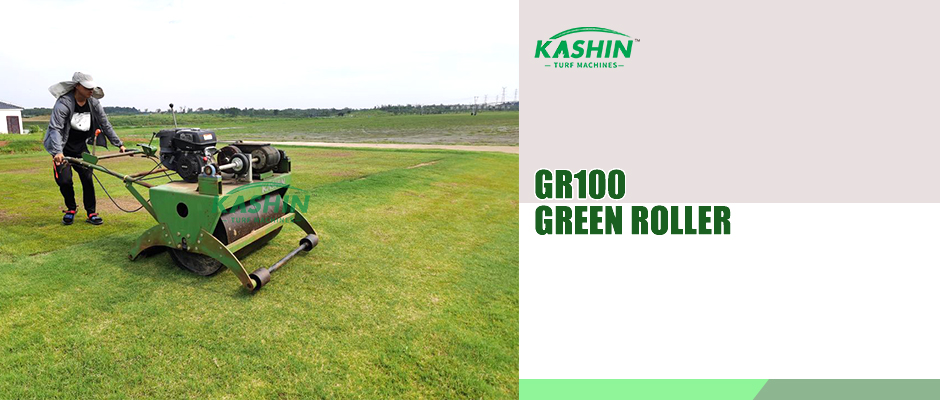Ecological habits and occurrence environment of moss
High-quality lawns are an important guarantee for good benefits for golf courses and sports fields. Golf course lawns are often watered, and the shape of some fairways and trees can easily create a damp environment, resulting in the growth of a large amount of moss, which is difficult to remove once it takes root. Due to the occurrence of moss, not only the growth of the lawn is weakened, but also the death of the lawn is caused. In addition, the occurrence of large amounts of moss will also destroy the neatness of the lawn and directly reduce the ornamental and use value of the lawn. Understanding the occurrence patterns of moss is of great significance for formulating scientific moss prevention and control measures and giving full play to the role of lawns.
Moss is a low-level plant formed by the symbiosis of green algae and some fungi. It mostly grows attached. Generally grown in moist and dark environments, they are widely distributed, diverse in variety, and numerous in number. It often grows on moist and exposed ground in low-humidity places in tropical, subtropical, and warm temperate regions. The main ecological factors that affect the growth of moss are water and light. Its optimal relative humidity for growth is greater than 32%, and its optimal growth temperature is 10-21°C. Moss can be spread by various means. Most species produce small sporangia containing spores on their fronds. These spores can be spread by wind, water or transportation after contact with the soil. After the spores mature, they first form a plant-like tissue, which is the first stage of moss development. When it encounters suitable host and environmental conditions, it will germinate and produce new leaf-stem-shaped gametophytes, which will then absorb water and minerals through rhizomes and form new branches, thus continuing to reproduce.

The harm of moss on golf courses
Moss is more likely to occur in warm, humid, and cloudy weather. Damage to lawns mostly occurs in autumn and summer in the north, and in autumn, winter and spring in the south. Moss occurs when soil fertility is insufficient or improperly fertilized, overwatered, the lawn is too shaded, the soil is poorly drained or the soil is too compact, and a combination of these adverse conditions. Once there is moss on the lawn, measures must be taken immediately, otherwise the moss will spread everywhere and make moss control more difficult.
Moss has no real vascular structure, but it can perform photosynthesis and directly absorb water and nutrients. Easily spreads by wind, water or transportation. After the spores germinate, they form a plant-like tissue that absorbs water and minerals through root-like rhizoids and produces new buds, which later grow into new stems. It is a shallow-rooted plant that covers the ground, which can suffocate the grass and deplete the nutrient reserves in the soil, causing poor lawn growth, yellowing and even massive death of lawn grass. Therefore, it must be paid attention to in maintenance.
The dangers of moss can be summarized as follows:
(1) Covering the ground can suffocate the grass and deplete the nutrient reserves in the soil, causing the growth of the lawn grass to weaken and even cause the death of the lawn grass, resulting in a waste of fertilizer and increased maintenance costs.
(2) Destroy the uniformity of lawn grass and directly reduce the ornamental and use value of the lawn.
(3) Obstructing guests from playing ball.
(4) Affects water and air permeability, causing soil compaction.
Post time: Sep-09-2024
